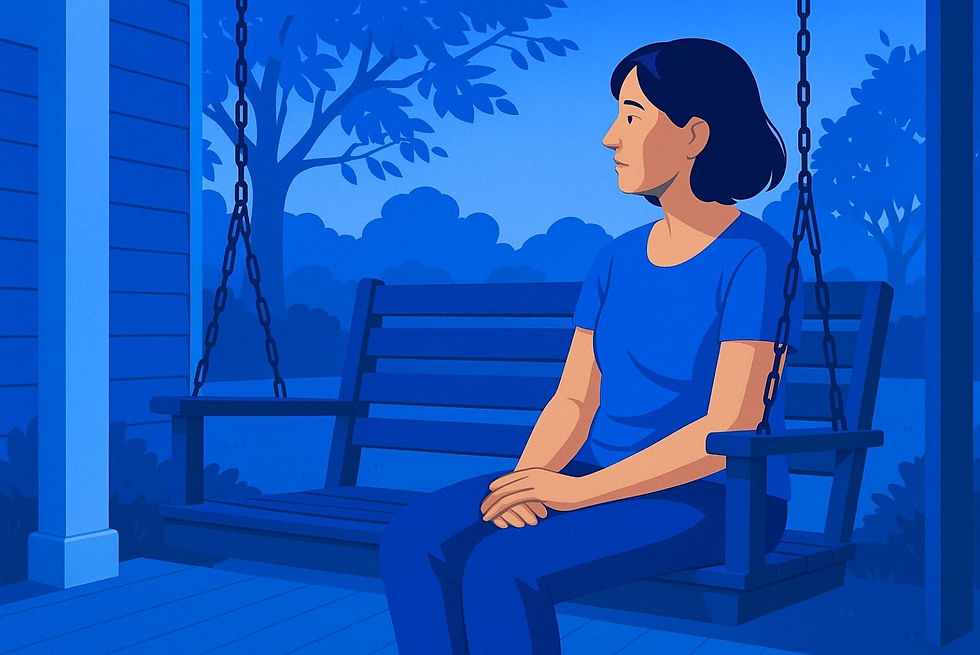Protecting Older Adults from Adverse Drug Events
- Elder Love USA
- Mar 27
- 4 min read

About four in 10 seniors take five or more medications, a rate that has tripled in the past two decades.
While two in 10 seniors take 10 or more medications.
This increase in medication intake also increases their risk of adverse drug events (ADEs)—harmful effects caused by medication use. Taking six or more medications makes the risk four times higher.
What Are Adverse Drug Events?
An adverse drug event is any injury resulting from the use of a medication. These events can happen even when medications are taken as prescribed.
There are five main types:
Adverse Drug Reactions – The most common type, occurring when a drug causes unintended harm at a normal dose
Medication Errors – Mistakes that happen during prescribing, dispensing, or administering medication (e.g., misreading a prescription)
Therapeutic Failure – When a prescribed medication doesn’t work as expected, leading to longer illnesses and higher healthcare costs
Adverse Drug Withdrawal Events – Symptoms or health issues that arise when a medication is stopped, sometimes leading to the return of the original condition
Overdose – Taking too much of a medication, whether accidentally or intentionally
For older adults, the most common medication related to adverse drug events are:
Anticoagulants (blood thinners) - medications that stop your blood from clotting
Diabetes agents (insulin) - medications that help manage blood sugar levels
Why Are Older Adults at Higher Risk of ADEs?
Older adults experience ADE-related emergency visits more than 600,000 times a year—more than twice as often as younger people.
Even while in a hospital, one in six older patients will suffer from an ADE.
How Can Caregivers And Older Adults Reduce The Risk Of ADEs
Fortunately, many ADEs are preventable—up to 50% can be avoided with proper precautions.
Health agencies, caregivers, and older adults all play a role in preventing medication-related issues.
Here are key steps caregivers and older adults can take:
1. Use One Pharmacy When Possible
Filling all prescriptions at a single pharmacy helps ensure that pharmacists can track medications and identify potential drug interactions.
When all medications are managed in one place, pharmacists can alert patients and doctors about any dangerous combinations or duplications.
2. Keep an Updated and Detailed Medication List
Maintain a current list of all medications, including:
Drug names and dosages
How long you've been taking them
Any side effects you've experienced
Past medications and reasons for stopping them
Bring this list to every doctor's appointment and pharmacy visit to ensure healthcare providers have a complete view of your medication history.
3. Ask Questions and Communicate Openly with Your Healthcare Provider
Never hesitate to ask your doctor or pharmacist about your medications. Some important questions include:
What are the possible side effects, and when might they occur?
How should this medication be taken (with food, at a certain time, etc.)?
Will this interact with my other medications?
If you’ve missed doses or stopped taking a medication, be honest with your provider. This helps them adjust your treatment safely.
4. Take Medications as Directed
Taking more than the recommended dose won’t speed up the intended effects—it can lead to dangerous overdoses. Use reminders, pill organizers, or medication apps to ensure you take the right amount at the right time.
5. Report Side Effects
If you experience side effects, inform your doctor immediately. You can also report serious medication issues to the FDA through MedWatch:
You can report here or contact their toll free line (1-800-332-1088)
For Healthcare Providers An article published in American Family Physician highlights key strategies for prescribing medications to older adults.
One of the main recommendations is to "start low and go slow", meaning medications should be introduced at the lowest effective dose and increased gradually if necessary to minimize side effects.
Close medical follow-up is also crucial, with appointments scheduled within two to four weeks to monitor the patient's response.
Educating patients about their medications is another essential step. Providers should explain potential side effects, when they are likely to occur, and what symptoms to watch for. Open communication encourages patients to report any issues, ensuring timely adjustments to their treatment plan.
The article also outlines clinical tools that healthcare providers can use to assess medication risks and optimize prescriptions for older adults. By applying these strategies, providers can help reduce the likelihood of adverse drug events while ensuring effective treatment. Link to the full article: https://www.aafp.org/pubs/afp/issues/2013/0301/p331.html
-------------------------------------------------------------------------------------------------------------------------------
Adverse drug events (ADEs) are a serious but preventable risk for older adults. With nearly half of ADEs being avoidable, caregivers, patients, and healthcare providers all have a role in ensuring medication safety.
By working together, we can create a safer medication experience for older adults, improving their health and quality of life while reducing unnecessary hospital visits and complications.
-------------------------------------------------------------------------------------------------------------------------------
Sources:
This article is brought to you by Elder Love USA, a leading nonprofit provider of home care services in Riverside County, CA, San Diego County, CA, San Bernardino County, CA, Orange County, CA, Imperial County, CA, and Phoenix, AZ.
Our mission is to provide compassionate and affordable in-home care for older adults in need. Tap the button below to learn more about our home care services.










Comments